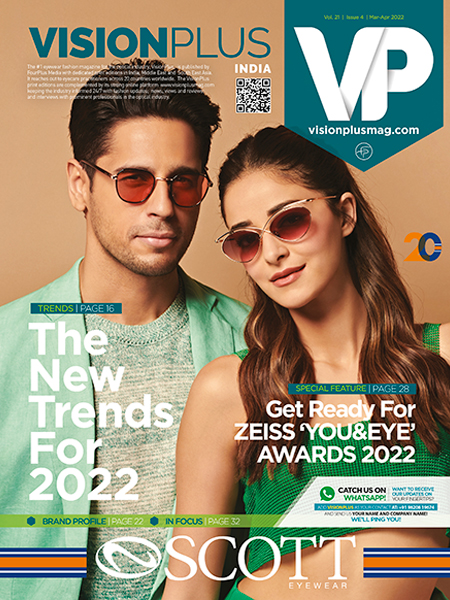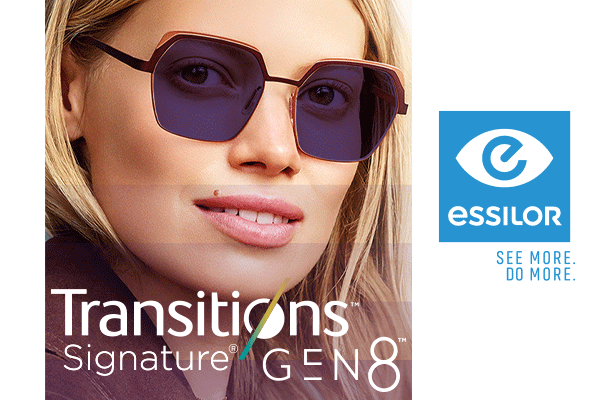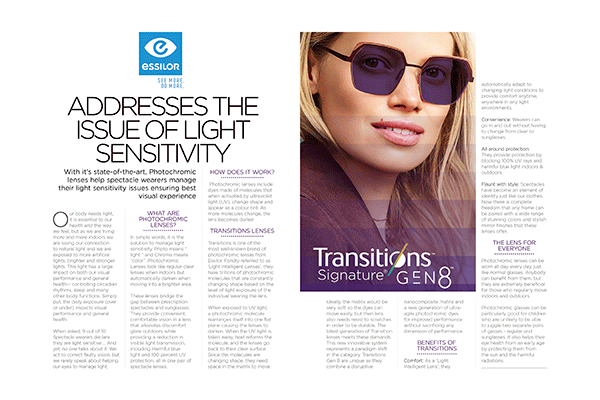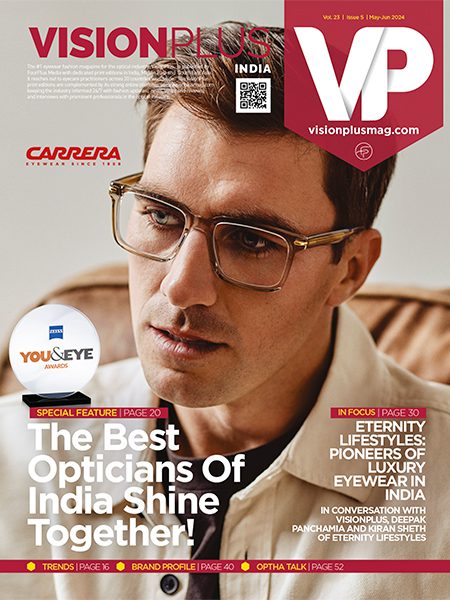

Essilor Addresses The Issue Of Light Sensitivity
With it's state-of-the-art, Photochromic lenses help spectacle wearers manage their light sensitivity issues ensuring best visual experience
Our body needs light, it is essential to our health and the way we feel, but as we are living more and more indoors we are losing our connection to natural light and we are exposed to more artificial lights, brighter and stronger lights. This light has a large impact on both our visual performance and general health— controlling circadian rhythms, sleep and many other body functions. Simply put, the daily exposure (over or under) impacts visual performance and general health.
When asked, 9 out of 10 Spectacle wearers declare they are light sensitive ... And yet, no one talks about it. We act to correct faulty vision, but we rarely speak about helping our eyes to manage light.
What are Photochromic lenses?
In simple words, it is the solution to manage light sensitivity. Photo means “ light “ and Chroma means “color”. Photochromic Lenses look like regular clear lenses when indoors but automatically darken when moving into a brighter area.
These lenses bridge the gap between prescription spectacles and sunglasses. They provide convenient, comfortable vision in a lens that alleviates discomfort glare outdoors while providing a reduction in visible light transmission, including Harmful blue light and 100 percent UV protection, all in one pair of spectacle lenses.
How does it work?
Photochromic lenses include dyes made of molecules that when activated by ultraviolet light (UV), change shape and appear as a colour tint. As more molecules change, the lens becomes darker.
Transitions Lenses
Transitions is one of the most well-known brand of photochromic lenses from Essilor. Fondly referred to as 'Light Intelligent Lenses', they have trillions of photochromic molecules that are constantly changing shape based on the level of light exposure of the individual wearing the lens.
When exposed to UV light, a photochromic molecule rearranges itself into one flat plane causing the lenses to darken. When the UV light is taken away, heat reforms the molecule, and the lenses go back to their clear surface. Since the molecules are changing shape, they need space in the matrix to move.
Ideally, the matrix would be very soft so the dyes can move easily, but then lens also needs resist to scratches in order to be durable. The latest generation of Transition lenses meets these demands. This new innovative system represents a paradigm shift in the category. Transitions Gen 8 are unique as they combine a disruptive nanocomposite matrix and a new generation of ultra-agile photochromic dyes for improved performance without sacrificing any dimension of performance.
Benefits of Transitions
Comfort: As a 'Light Intelligent Lens', they automatically adapt to changing light conditions to provide comfort anytime, anywhere in any light environments.
Convenience: Wearers can go in and out without having to change from clear to sunglasses.
All around protection: They provide protection by blocking 100% UV rays and harmful blue light indoors & outdoors.
Flaunt with style: Spectacles have become an element of identity just like our clothes. Now there is complete freedom that any frame can be paired with a wide range of stunning colors and stylish mirror finishes that these lenses offer.
The Lens For Everyone
Photochromic lenses can be worn all day every day, just like normal glasses. Anybody can benefit from them, but they are extremely beneficial for those who regularly move indoors and outdoors.
Photochromic glasses can be particularly good for children who are unlikely to be able to juggle two separate pairs of gasses - regular and sunglasses. It also helps their eye health from an early age by protecting them from the sun and the harmful radiations.







